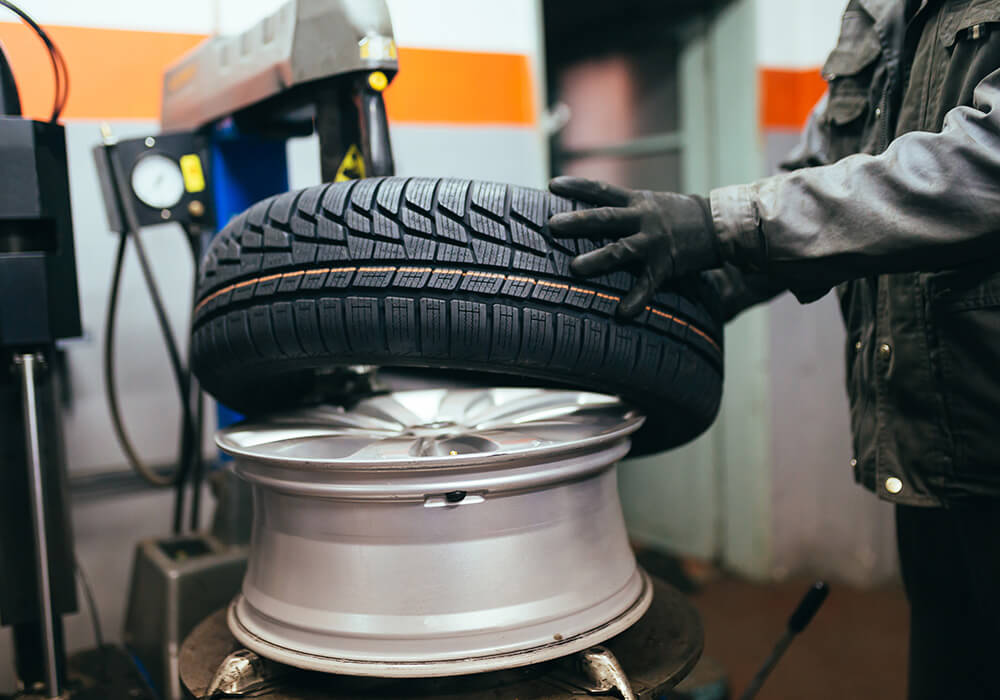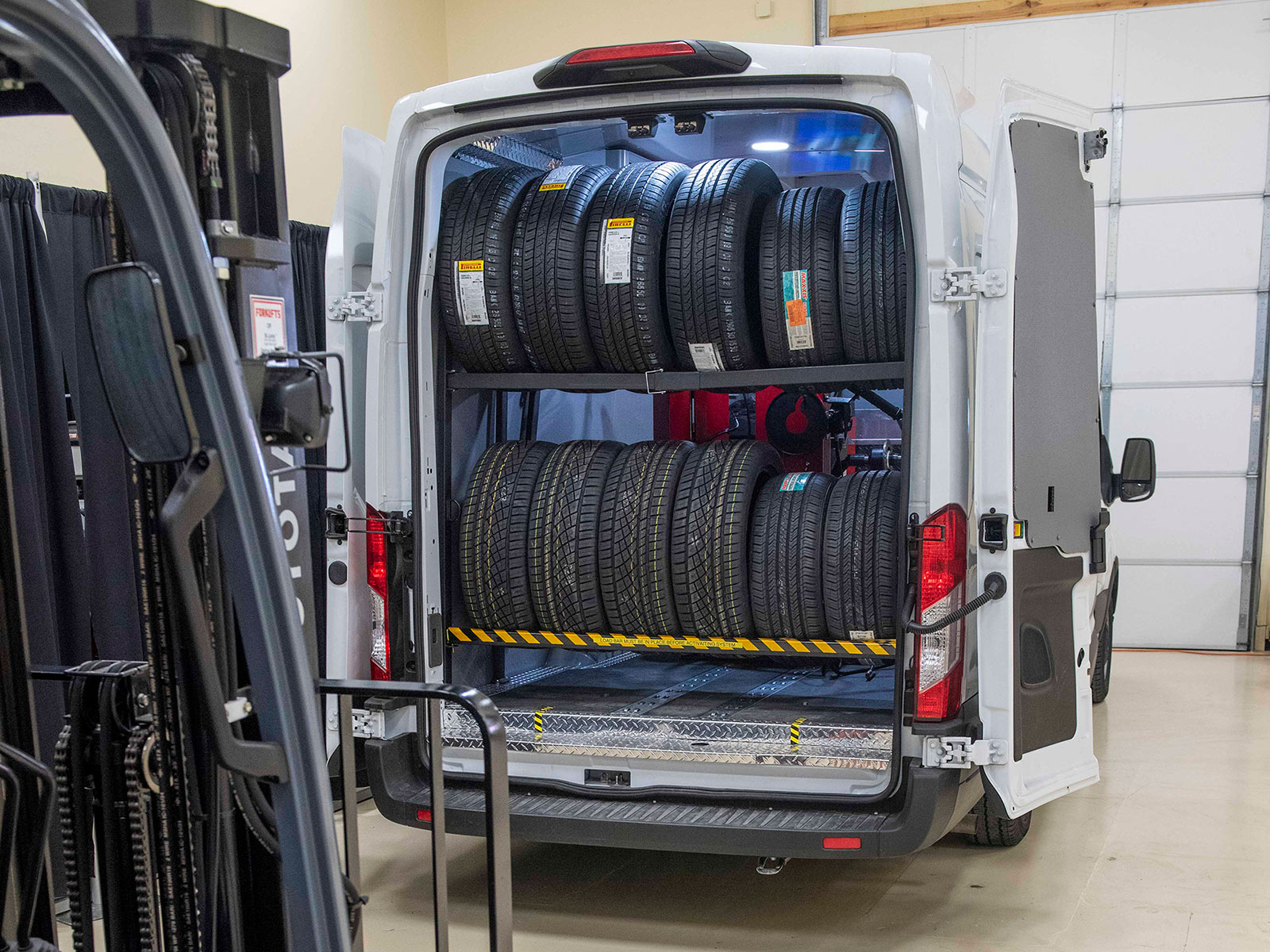Tire Solution: The Effect of Climate Condition
When it comes to ensuring optimum performance and safety and security on the roadway, recognizing the effect of weather problems on tire solution is vital. From scorching heat to icy roads, each weather condition component can substantially affect tire capability and general driving experience. By diving right into the results of differing weather condition conditions on tires, chauffeurs can get beneficial understandings that might enhance their vehicle's efficiency and durability. In this discussion, we will explore the complex partnership in between climate condition and tire service, losing light on the relevance of weather-specific tire maintenance methods and considerations.
Warm and Tire Efficiency
When revealed to high temperatures, tires experience modifications in efficiency that can significantly impact car security and handling. The warmth produced from prolonged driving or hot weather condition conditions creates the tire rubber to soften, causing lowered walk life and raised wear. As the rubber becomes softer, the tire's grasp when driving decreases, influencing stopping ranges and general traction. In extreme instances, too much warm can also cause tire blowouts, posing an extreme safety and security risk to the car and its residents.

Cold Weather Effects
Winter conditions can have a considerable influence on tire performance and safety. As temperatures decrease, tire rubber can set, resulting in decreased traction on icy or snow-covered roadways. In winter, tires may likewise shed air stress more swiftly, which can affect taking care of and gas performance. Furthermore, cool temperatures can trigger tire sidewalls to tense, boosting the risk of damage from craters or other roadway risks.
To alleviate the impacts of chilly weather on tires, it is crucial to regularly examine tire pressure and inflate them to the manufacturer's advised degrees. Using wintertime or all-season tires made for chilly climate conditions can additionally improve traction and grasp on icy or snowy roadways. Correct tire maintenance, consisting of routine evaluations for wear and damage, comes to be much more crucial during colder months to make certain ideal performance and security.
Rainy Issues Effect
Tires with damaged treads are more vulnerable to hydroplaning, where a layer of water develops up between the road and the tire surface area, leading to loss of traction. To fight this, drivers need to regularly examine their tires for adequate walk deepness and take into consideration investing in tires especially made for wet conditions.
Moreover, wet weather condition can additionally reduce exposure, making it testing for drivers to see the road ahead plainly (GMC Tire Service). In such problems, it is important to adjust driving rates as necessary and keep a safe complying with range to enable for sudden quits. Properly filled with air tires can likewise aid in keeping control on wet roadways by giving better handling and grip
Snow and Tire Safety And Security
When driving in snowy conditions, having the right tires can make a substantial distinction in safety and efficiency. Winter tires are developed with unique rubber substances and walk patterns to give far better grip on snow and ice compared to all-season tires.

It is important to follow manufacturer directions when installing and using tire chains to prevent damage to the tires and vehicle. By choosing the right tires, keeping correct rising cost of living, and thinking about additional traction help like tire chains, motorists can enhance their safety when browsing snow-covered roadways.
Weather-Related Tire Maintenance
When confronted with numerous weather condition conditions, proper tire upkeep ends up being a critical element of automobile safety and security and performance. Weather-related tire upkeep includes an array of practices focused on making certain optimal tire feature and durability in different weather scenarios. One key facet of weather-related tire upkeep is tire stress law. Fluctuating temperature levels can trigger tire pressure to vary, impacting traction and fuel efficiency. Consistently checking and adjusting tire stress according to maker referrals is crucial for risk-free driving in altering weather. In addition, tire tread depth plays a substantial function in handling different weather condition components. Tires with sufficient step deepness give far better grip on wet or icy roads, reducing the risk of hydroplaning or skidding. Evaluating tire step frequently and changing tires when step wear reaches a particular deepness is important for maintaining grip and stability in damaging climate. By prioritizing weather-related tire maintenance, motorists can boost this content security, improve vehicle efficiency, and prolong the life expectancy of their tires.
Final Thought
In final thought, weather condition conditions have a substantial impact on tire performance and security. From heat impacting tire pressure and use to cold climate minimizing grip, it is necessary to take into consideration the climate when keeping and using tires.
In this conversation, we will certainly discover the detailed partnership in between weather condition conditions and tire service, shedding light on the relevance of weather-specific tire upkeep techniques and considerations.
